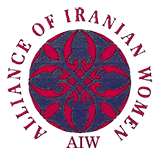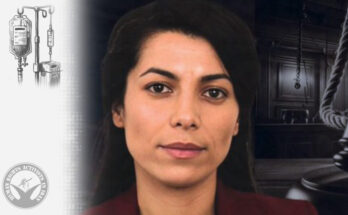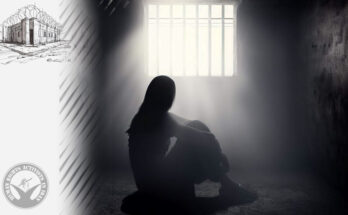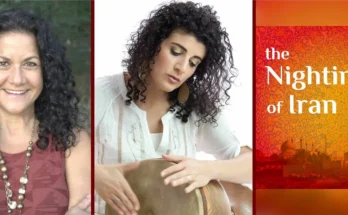![]() By Negar Mojtahedi
By Negar Mojtahedi
Source: Iran International

When an Iranian university student stripped down to her underwear—a move that drew global attention from figures like Richard Branson to Nobel Peace laureates—her protest refocused attention on the Woman, Life, Freedom movement.
The mysterious young woman was said to have resorted to the unheard of action, in a strictly controlled Muslim country after she was harassed by university security for not wearing proper hijab.
International human rights lawyer Gissou Nia said the female university student is another example in a long list of cases where women’s bodies are being policed.
Nia, who led a campaign to have Iran removed from the UN Commission on the Status of Women after the in-custody death of Mahsa Jina Amini in 2022, said the discussions around Iran are finally shifting from geopolitics to human rights.
“As the discussion around the Islamic Republic becomes more focused on what their actions are in Israel, in Lebanon… and becomes more about geopolitics…we haven’t seen as much in the global media that what was being sought for during the Woman, Life, Freedom movement is still an ongoing process,” said Nia an interview with Iran International.
A video surfaced online Saturday showing the woman in her underwear sitting on steps, then walking around the campus grounds at the Islamic Azad University in Tehran. The video, which lasted close to 15 minutes, later showed her being forcibly detained by authorities in a car.
Some witnesses said she stripped down after an altercation with Iranian authorities over the compulsory hijab.
According to an Iranian minister she is now undergoing treatment for mental health issues. This is not the first time the Islamic government tries to pin mental illness on dissidents and protesters.
“Investigations revealed that she is experiencing family and psychological challenges and is currently receiving treatment with her family’s support,” science minister Hossein Simaei Sarraf said on Wednesday.
“They’re famous for insinuating that anyone who dissents with their repressive rules is crazy. The reality is that women in Iran have a long history of resistance against their misogynistic rules,” human rights activist Nazanin Afshin-Jam told Iran International news.
What Afshin-Jam pointed out is common practice in Iran. For example, during the height of the Masha Amini protests, Iranian authorities said protestor, Nika Shahkarami, who became famous for standing on top of an overturned garbage bin, waving her headscarf, committed suicide. A CNN investigation uncovered dozens of videos and eyewitness accounts that she was chased and detained by Iranian security forces that night.
The details surrounding what led up to the university student’s incident are scarce. On social media people are calling her Ahou Daryaei and people inside Iran are writing her name on bathroom mirrors across universities and people around the world have created murals out of her image.

Amnesty International is demanding her release, saying she was “violently arrested” after protesting Iran’s Islamic dress code.
“It is Ahoo Daryaei’s Rosa Parks moment,” said Afshin-Jam about the women who sparked another flame in the embers of Iran’s Women, Life, Freedom movement that haven’t burned out.
“Because the fight goes on,” said Nia.




